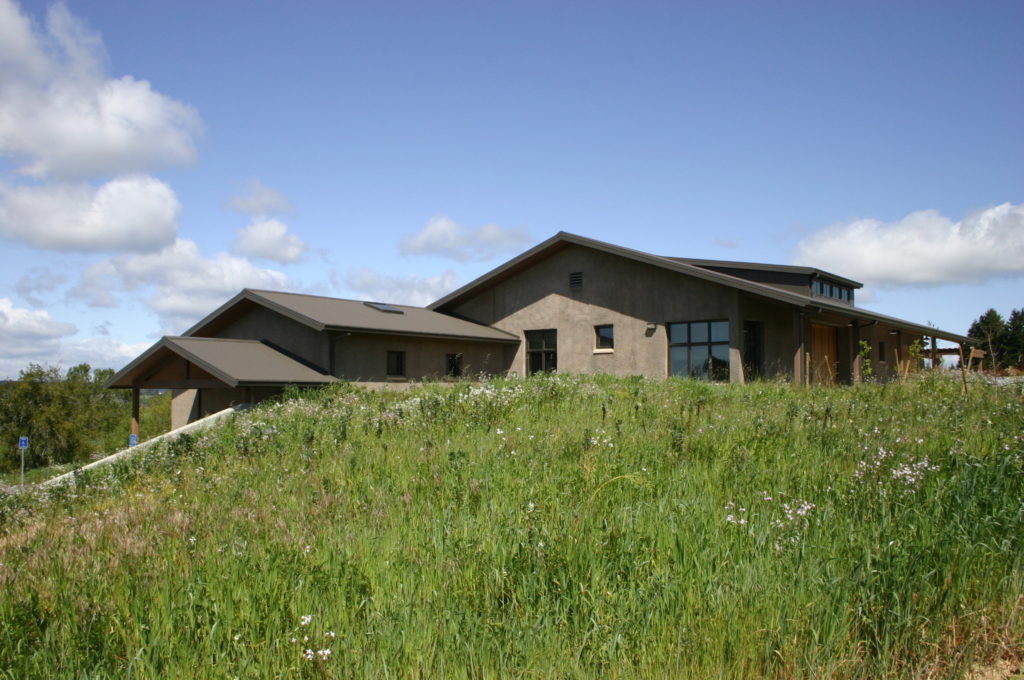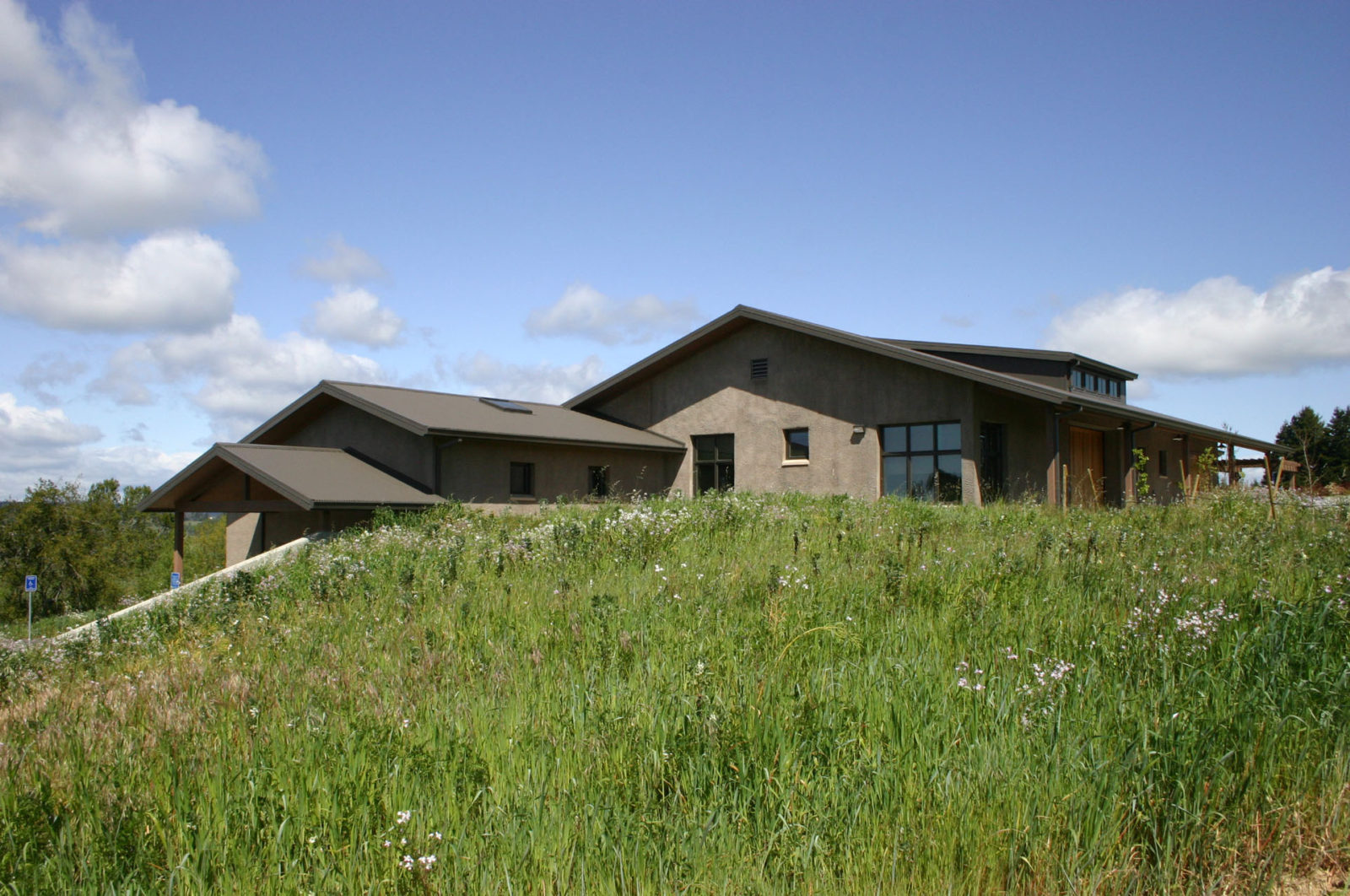Let us pose the following question. Is it possible, at the beginning of the 21st century, to create a fully sustainable winery operation, and if so, what would it look like? To address the first part of the question we must define a scope for “sustainable.” For example, should we include the energy and resources required to make the glass for the bottles and the fuel required to deliver them to market, or should we limit the scope to include growing, crushing, fermenting, storing, and bottling? Although all aspects of the business would need to be accounted for, we will limit the scope, for this discussion, to those which consume the most amounts of energy and resources and are under the control of the winery owner.
As it turns out, these activities are those associated most directly with making, storing and bottling wine. Our hypothetical winery business will therefore have to account for the fuel required to run the farm equipment. It will also take into account the fuel and electricity needed to heat and cool the winery, the energy needed to run the administrative and hospitality arms of the business, the energy needed to process the grape and clean the waste water, as well as the embodied and recurring energy needed to construct and maintain the buildings.

A Broad Brush Picture
With these assumptions the following broad-brush picture emerges. In terms of growing and harvesting the fruit, the fuel needed to run the farm equipment would come from renewable sources. This is currently available as “bio-diesel” produced from soybeans, corn or recycled restaurant grease. Future farm equipment will run on electricity, powered by the sun. The winery itself would be designed to take advantage of local weather patterns and only when necessary, supplement cooling and heating with systems that can be powered by an energy collection system which fits within the footprint of the building. The processing would use gravity to minimize energy consumption taking place on four levels provided by a terraced design or a counterweighted elevator. The winery would be powered by solar arrays on the roof producing 20% more energy than the operation consumes -- not only heating and cooling the tanks and the building but also running the compressors, pumps, punch-downs, forklifts, lighting, computers, dishwashers… Sensors throughout the building would monitor energy requirements shutting off lights and equipment when they are not needed and tracking inside and outside humidity levels and temperatures to utilize the “free energy,” nature provides. Wastewater would be purified on site with a variety of low energy techniques, some which generate additional energy and others that can become part of a landscaping plan with carefully selected tropical plants, microorganisms and water falls that oxygenate the wastewater. In the tasting room disposable plates, cutlery, and paper towels will not be found.
Imagining a true zero carbon footprint
Addressing the embodied and recurring energy equation in a building is a significant component of a sustainable business. According to a study by Cole and Kernan a typical brand-new building contains an embodied energy equal to about ten years of operation. By year 50 the recurring embodied energy, due mostly to the removal and replacement of the building’s envelope and finishes, will represent about 144% of the initial embodied energy and at 100 years this will rise to 325%. Clearly the current preoccupation with lower first costs in buildings that include throw-away finishes in the form of wall to wall carpet, fragile envelopes in the form of sheet rock and stucco, and an impermanent structure composed of 2x6 studs and plywood, reveals our disregard for sustainability. In stark contrast, the 2,000-year-old Roman Pantheon, “constructed from concrete, volcanic rock and granite shows no signs of settling or cracking and is still used as a Roman Catholic church, the Santa Maria Rotunda,” David Moore, P.E. The Roman Pantheon: Triumph of Concrete.
Our hypothetical 21st century sustainable winery will be constructed of materials that last three to four-hundred years, are maintenance free and resistant to natural disasters requiring demolition and rebuilding. Reinforced concrete, detailed to provide (i) a structure that can resist maximum credible earthquake or wind events, (ii) an envelope that can resist the scorching temperatures of an extreme fire event, (iii) and an architecture of timeless quality will have to be the norm not the exception.
With the resulting durability, low recurring energy costs and a 20% excess in energy production, the embodied energy will be paid back over the life of the building -- producing a true zero-carbon footprint.
Gary Black
Architecture Professor, U.C.B.
President Integrated Structures Inc.
www.integratedstructures.com (805) 543-2012
